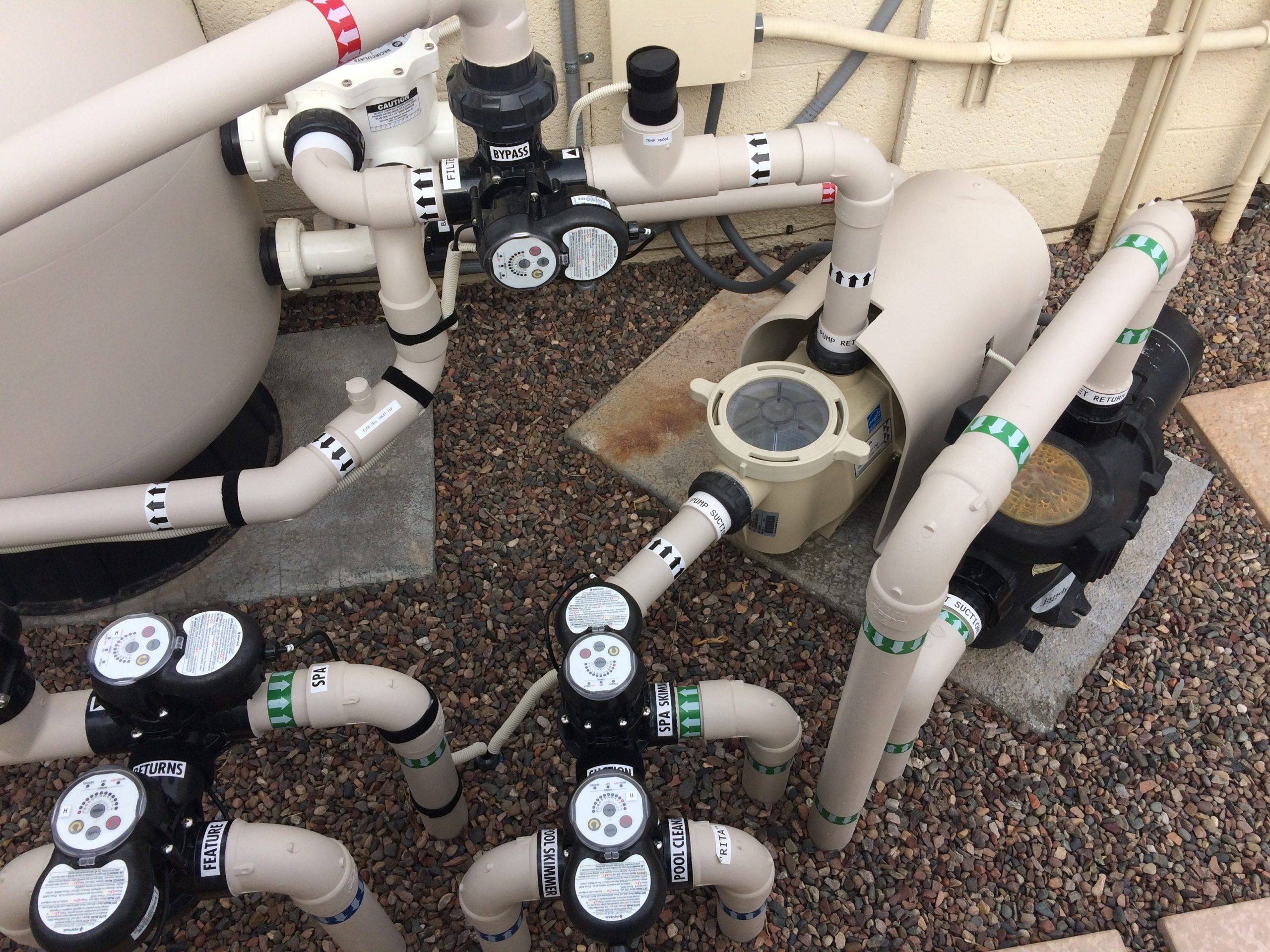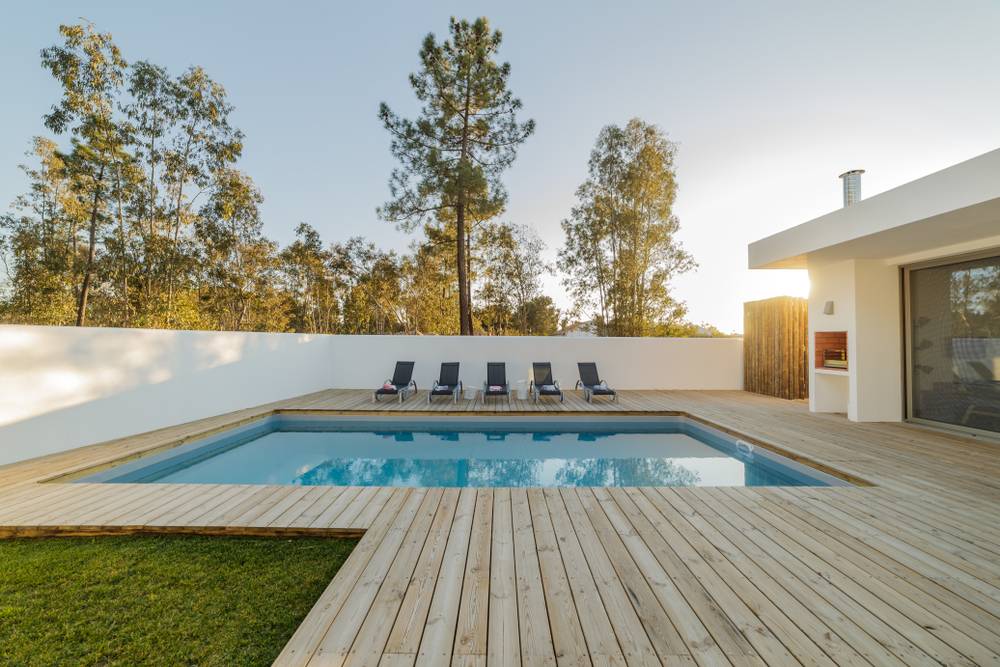I've recently gotten algae in my pool and I have a great pool guy that comes weekly. He told me to adjust my pool pump because it wasn't pumping enough water each day. Pool temp has been pretty warm (high 80's) with a pool cover on (now off) as we like it warm.
I have a 28,800 gallon pool in the Bay Area, California. I have an Intelliflo VF pump which has been discontinued.
Currently, I have it set up to run one turnover and one cycle from 8am to 7pm and using a Feature to get it to run 50 GPM from 2pm-4pm. Outside of the feature it's running around:
Watts
540
RPM
1945
GPM
42
Is this pretty normal? It seems like it's using a lot of watts. Any recommendations on settings or would it be worth it to buy a new pump?
I have a 28,800 gallon pool in the Bay Area, California. I have an Intelliflo VF pump which has been discontinued.
Currently, I have it set up to run one turnover and one cycle from 8am to 7pm and using a Feature to get it to run 50 GPM from 2pm-4pm. Outside of the feature it's running around:
Watts
540
RPM
1945
GPM
42
Is this pretty normal? It seems like it's using a lot of watts. Any recommendations on settings or would it be worth it to buy a new pump?




